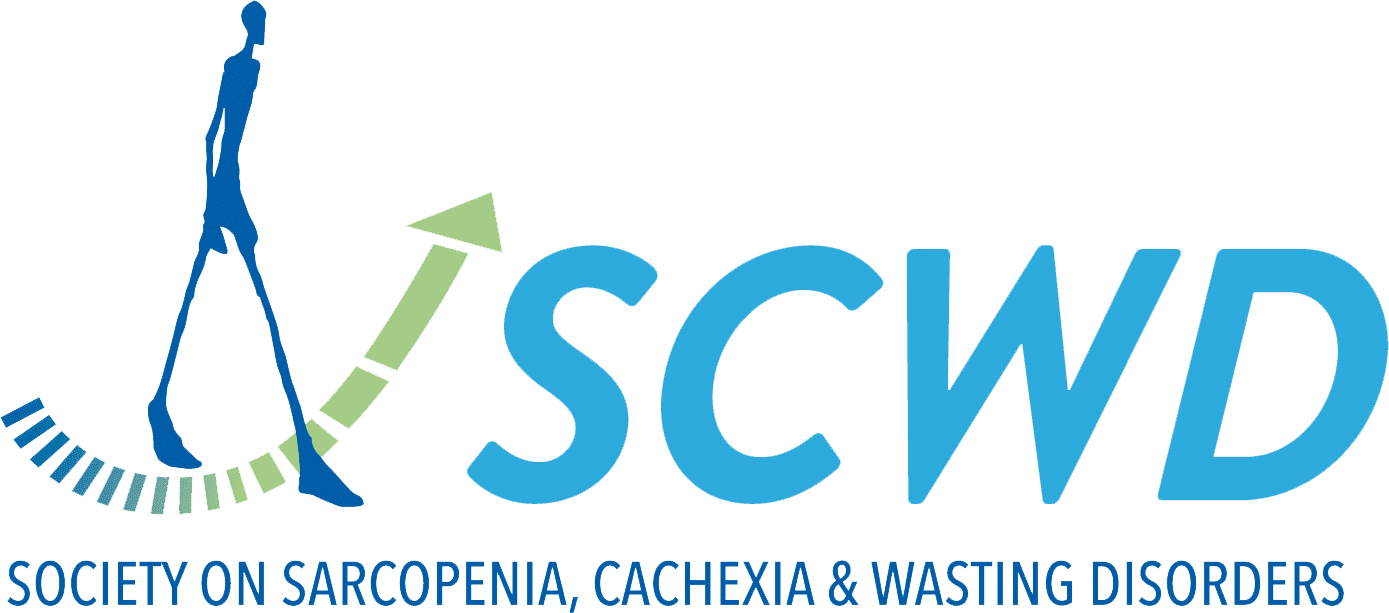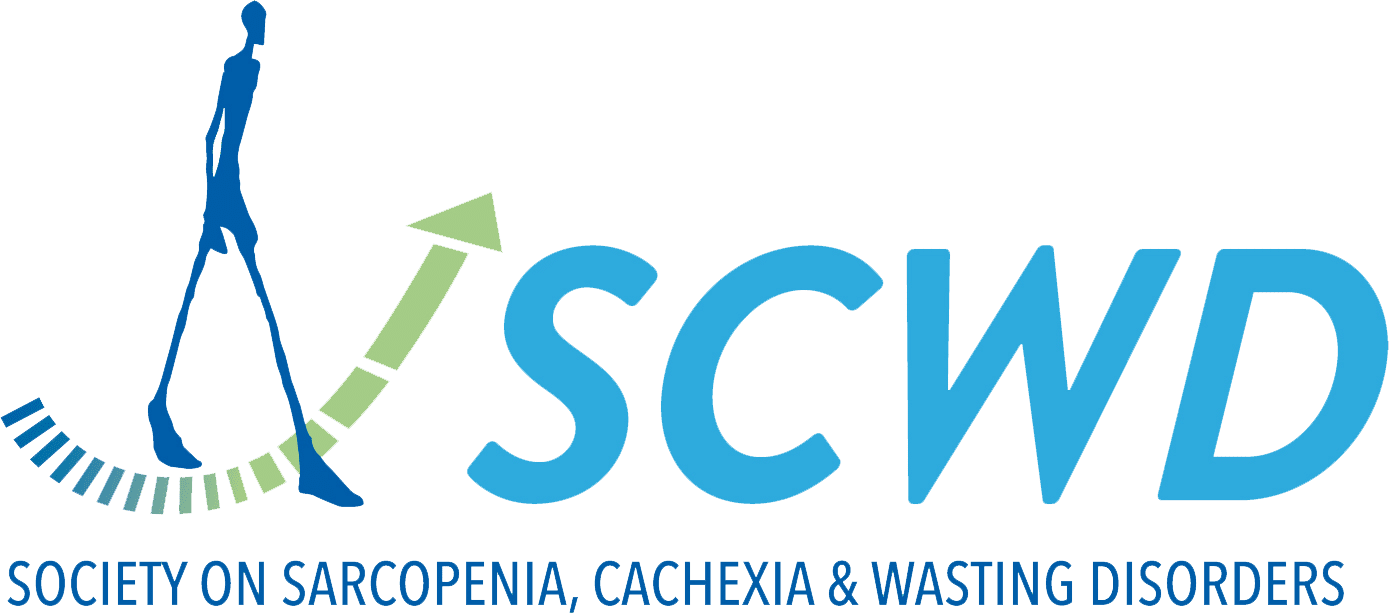Role of Peptides in Skeletal Muscle Wasting: A Scoping Review.
BACKGROUND
Systemic muscle wasting is a prevalent condition that predicts adverse health outcomes in aging and disease. Despite its clinical relevance, the development of predictive biomarkers and effective pharmacological therapies remains limited. Peptides have recently gained attention for their diverse bioactive...


